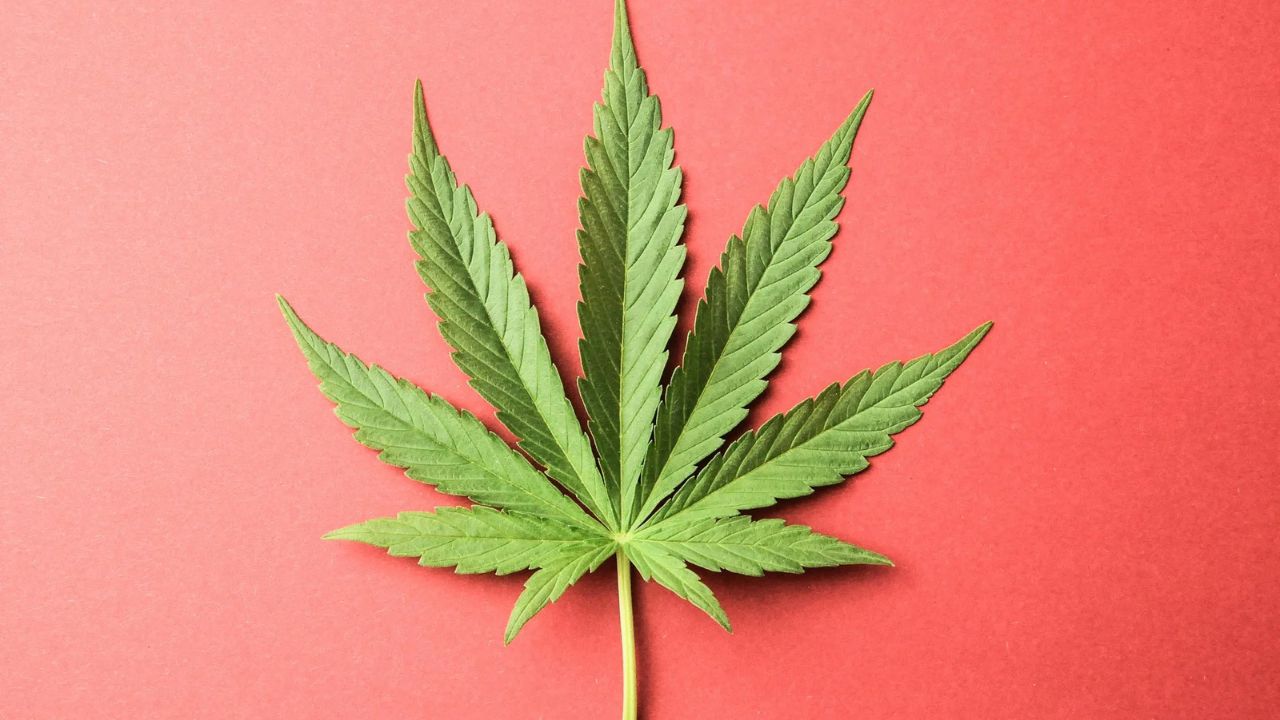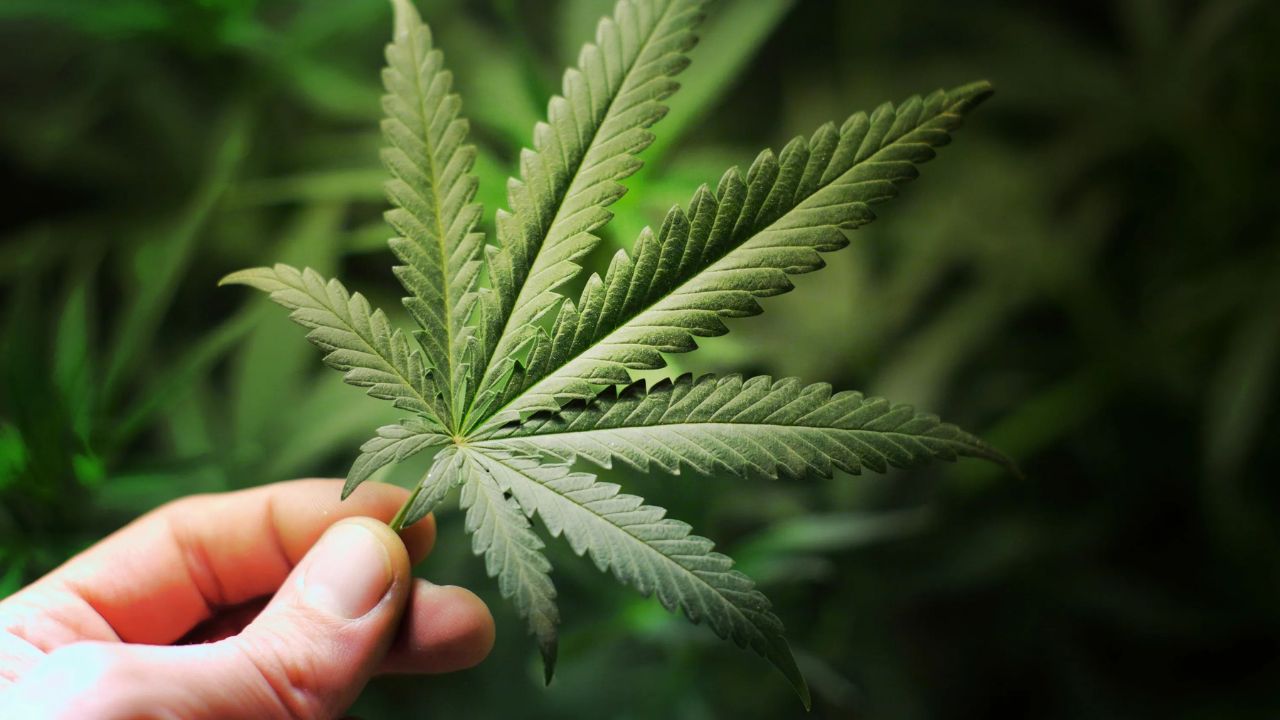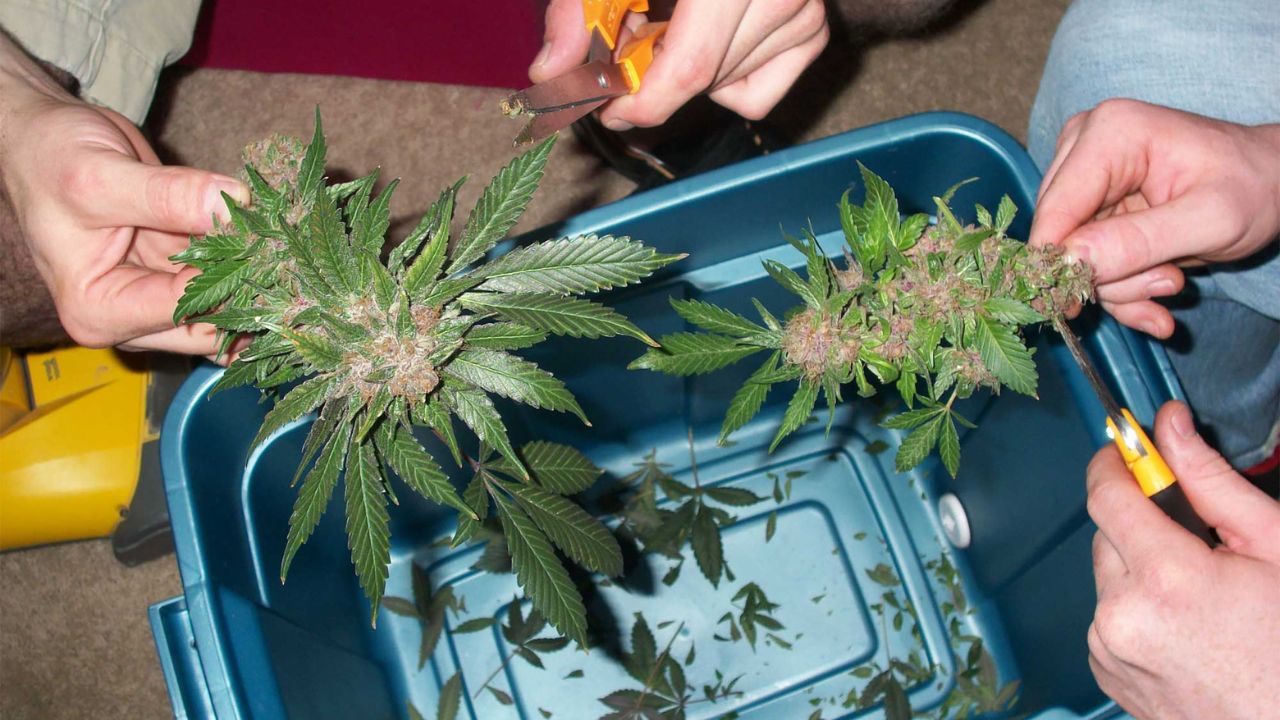Identifying the sex of cannabis plants is crucial for growers, How Identify Cannabis Sex Before Flowering whether cultivating for personal use or commercial purposes. The sex of the plant directly impacts the quality and yield of the crop. Female cannabis plants produce the valuable buds rich in cannabinoids like THC and CBD, while male plants primarily produce pollen for fertilization. Allowing male plants to pollinate females results in seeded buds, which are less desirable for most consumers.
Understanding the differences between male and female cannabis plants helps growers optimize their cultivation process, ensuring higher potency and better-quality harvests. Recognizing plant sex early also allows for the timely removal of males to prevent unwanted pollination.
This blog post will guide readers through the basics of cannabis plant sex identification, explain the characteristics of male and female plants, and highlight why knowing plant sex matters for successful cultivation. Whether you’re a beginner or experienced grower, this knowledge is essential for maximizing your cannabis garden’s potential.
Understanding Cannabis Plant Anatomy
A. Basic Structure of Cannabis Plants
Cannabis plants share a similar overall structure, consisting of roots, stems, branches, leaves, and reproductive organs. The roots anchor the plant and absorb water and nutrients from the soil. Stems provide support and transport nutrients, while branches hold the leaves and buds. Leaves typically have serrated edges and grow in patterns that can help indicate the plant’s health and sex. The most critical parts, especially for growers, are the reproductive organs, which determine the plant’s sex—male, female, How to Identify Cannabis Sex Before Flowering or sometimes hermaphrodite.
B. Key Differences Between Male and Female Plants
Male and female cannabis plants display distinct differences, especially in their reproductive structures. Female plants develop small, white, hair-like structures called pistils at their nodes (the points where branches meet the stem). These pistils are part of the calyx, where buds form. Female plants are prized because they produce resinous flowers rich in cannabinoids and terpenes.
Male plants, on the other hand, produce pollen sacs instead of pistils. These sacs look like small balls or clusters and are located at the nodes as well. Their primary role is to release pollen to fertilize female plants, resulting in seed production. Unlike females, males do not produce buds and are generally removed from grow spaces to prevent pollination.
Hermaphrodite plants show both male and female traits, often developing pollen sacs alongside pistils. These plants can self-pollinate and cause seeded buds, which growers typically avoid.
Importance of Sex Identification for Growers
How to Identify Cannabis Sex Before Flowering. Correctly identifying the cannabis plant’s sex early in the growth cycle is vital for maximizing yield and quality. Female plants produce the desirable flowers used for recreational and medicinal purposes. However, if male plants are allowed to pollinate females, the resulting buds will contain seeds, reducing potency, flavor, and overall quality.
For growers aiming to produce sinsemilla (seedless cannabis), removing male plants as soon as they’re identified is crucial. This process ensures females remain unpollinated and develop dense, potent buds. Early sex identification also saves space and resources, allowing growers to focus on nurturing female plants.
In commercial cultivation, sex identification supports efficient crop management and helps prevent unintended fertilization, which can significantly impact profits. Overall, knowing how to distinguish male from female cannabis plants is an essential skill that promotes healthier crops, better yields, and superior-quality cannabis.
Early Signs of Female Cannabis Plants
A. Description of Pre-Flowering Characteristics
Pre-flowering is the stage where cannabis plants begin to show signs of their sex, usually appearing around 4 to 6 weeks into the growth cycle or when plants enter the flowering phase. Female plants start to develop small, subtle indicators at their nodes—the junctions where branches meet the main stem. Early signs of a female plant include tiny, tear-shaped structures called calyxes, which house the reproductive organs. These pre-flowers are usually delicate and easy to miss, requiring close inspection. Female flowers often have thin, white, wispy hairs emerging from the calyxes, called pistils. These hairs are the plant’s stigmas, designed to catch pollen. Recognizing these early female traits allows growers to distinguish female plants well before full flowering begins.
B. Identifying Pistils and Calyxes
The most telling female markers are the pistils and calyxes. The calyx appears as a small, bud-like sac at the plant’s nodes, usually green and slightly swollen. From the calyx protrude the pistils—fine, hair-like strands that start white but may change color to orange, red, or brown as the plant matures. Pistils serve as the female reproductive organs, signaling the plant’s readiness for pollination. How to Identify Cannabis Sex Before Flowering. These hairs flutter in the wind to catch pollen from male plants, but also indicate the beginning of bud development. When inspecting plants, look carefully at the nodes for these pistils; their presence almost certainly confirms a female plant.
C. Visual Examples of Female Plants
Visually, female cannabis plants have a bushier appearance compared to males, with more branches and leaves around the nodes. Once pistils develop, buds will start forming around these areas, appearing as clusters of calyxes covered in sticky resin and fine hairs. The white pistils stand out against the green foliage and often curl and darken as flowering progresses. Early female plants might look fragile and delicate, but as buds grow, they become dense and resinous. Clear visual differences from male plants, which develop round pollen sacs instead of hairs, help growers quickly identify females for cultivation. With practice and careful observation, recognizing female cannabis plants becomes an easy and essential step in successful growing.

Early Signs of Male Cannabis Plants
A. Description of Pre-Flowering Characteristics
Male cannabis plants begin showing signs of their sex during the pre-flowering stage, typically around 4 to 6 weeks into growth or as the plant transitions into flowering. Unlike females, males do not develop pistils or buds. Instead, they start forming small, round structures called pollen sacs at the nodes, where branches meet the main stem. These early signs can be subtle and require close inspection. Male plants often grow taller and have fewer leaves compared to females, focusing energy on producing pollen rather than dense buds. Identifying male plants early is crucial for growers, as allowing males to mature and release pollen can fertilize female plants, resulting in seeded buds and reduced quality.
B. Identifying Pollen Sacs and Their Formation
Pollen sacs are the defining characteristic of male cannabis plants. These sacs initially appear as tiny, smooth, green or yellowish balls clustered at the plant’s nodes. As they mature, the sacs enlarge and often form grape-like clusters. When fully developed, how does cannabis identify Sex Before Flowering? The pollen sacs open to release pollen, which fertilizes female plants. This pollen dispersal triggers seed production in females, which is generally undesirable for growers focusing on producing high-quality, seedless buds (sinsemilla). Male plants do not produce resinous flowers; instead, their sole purpose is reproduction through pollen release. Observing the presence of these sacs early allows growers to separate males from females and prevent accidental pollination.
C. Visual Examples of Male Plants
Visually, male cannabis plants often appear less bushy and taller with more space between nodes than female plants. Early on, pollen sacs look like small green balls clustered at the nodes, sometimes grouped in clusters resembling tiny bunches of grapes. These sacs lack the white, hair-like pistils that female plants exhibit. As the pollen sacs mature, they swell and may take on a yellowish hue before splitting open to release pollen. Unlike females, male plants don’t form dense buds and have less resin on their leaves and stems. These visual differences make it easier for growers to spot males during pre-flowering and take action accordingly. Recognizing these signs early helps protect the crop’s quality and yield by preventing unwanted fertilization.
How Early Can You Tell the Sex of Cannabis?
Determining the sex of cannabis plants is a critical step for growers who want to maximize yield and quality. Generally, cannabis plants begin to show their sex during the pre-flowering stage, which typically occurs 4 to 6 weeks into growth, or when the plant transitions from the vegetative phase to flowering. However, with close observation and experience, some growers can identify sex even earlier—sometimes as early as 3 weeks—especially under optimal growing conditions.
During the pre-flowering phase, small reproductive structures start to form at the nodes—the points where branches meet the main stem. Female plants develop tiny, teardrop-shaped calyxes with fine white hairs called pistils emerging from them. These pistils are the earliest clear sign of a female plant. Male plants, on the other hand, form small round pollen sacs that look like little green balls clustered at the nodes. Identifying these features early allows growers to separate males from females to avoid pollination.
Some growers use specialized tools like magnifying glasses or microscopes to spot these early signs more easily. Additionally, environmental factors like lighting, temperature, and plant genetics can influence how quickly sex traits become visible.
For growers focused on producing high-quality, seedless cannabis (sinsemilla), it’s important to monitor plants closely starting at week 4. Early sex identification lets you remove male plants before they release pollen, protecting female buds from becoming seeded and less potent.
In summary, while the typical window for sex identification is around 4 to 6 weeks, experienced growers may spot male or female traits as early as 3 weeks into growth. Careful observation during this period is essential for successful cultivation and maximizing the quality of your harvest.

FAQs:
1. What are the differences between female and male weed plants?
Female weed plants produce buds rich in cannabinoids like THC and CBD, while male plants develop pollen sacs. Females are preferred for consumption, whereas males are primarily used for breeding purposes to create new cannabis strains.
2. How can you tell if a marijuana plant is male or female?
You can identify a marijuana plant’s sex by examining the pre-flowers at the nodes. Female plants develop white pistils, while male plants form round pollen sacs. These features usually appear 4–6 weeks after germination, before full flowering begins.
3. How do you distinguish a male weed plant from a female?
Look for white hairs (pistils) on female plants and small, ball-shaped sacs on males. The presence of pistils signals a female, while clustered sacs indicate a male. Early identification prevents males from pollinating females and affecting bud quality.
4. How do you know if your cannabis plant is male or female?
Check the plant’s nodes during the pre-flower stage. If it shows thin, white hairs (pistils), it’s female. If it develops round sacs without hairs, it’s male. Observing these signs early helps ensure better control over your crop’s outcome.
5. Can you turn a male cannabis plant into a female?
No, you cannot naturally change a male plant into a female. However, with specific hormones or stress techniques, some growers induce hermaphroditism or feminization during breeding—but this isn’t a reliable method for changing plant sex after it’s determined.
Conclusion
Identifying the sex of cannabis plants is a vital step in successful cultivation. Understanding the key differences—female plants with pistils and calyxes, and male plants with pollen sacs—allows growers to make informed decisions early on. Early identification, usually between 4 to 6 weeks into growth, helps prevent unwanted pollination that can reduce bud quality and yield. Removing male plants promptly ensures females develop seedless, potent flowers, which are preferred by most consumers.
Monitoring plants closely during the pre-flowering stage is essential. Careful observation and familiarity with early sex characteristics give growers the advantage to manage their crop effectively. This vigilance not only preserves the quality of the harvest but also maximizes resource use and space in the grow area.
In short, knowing how and when to identify cannabis sex empowers growers to protect their investment and produce the best possible product. Staying attentive and proactive throughout the growing cycle will lead to healthier plants and a more rewarding cultivation experience.
Read More>>>>>>> How To Identify Cannabis Sex Before Flowering

